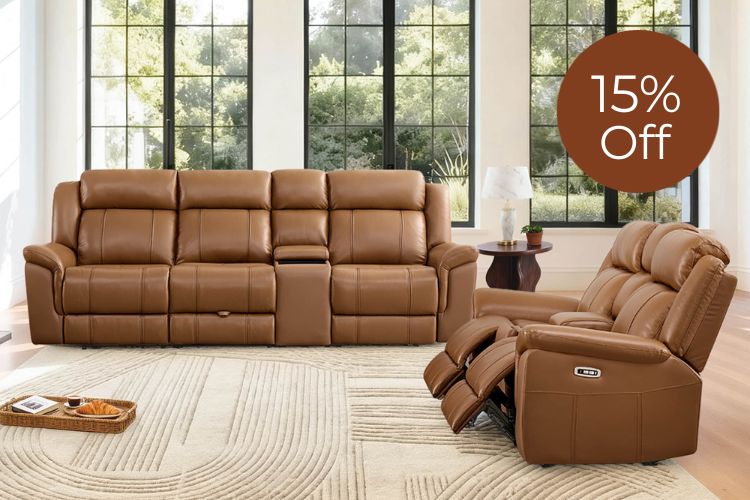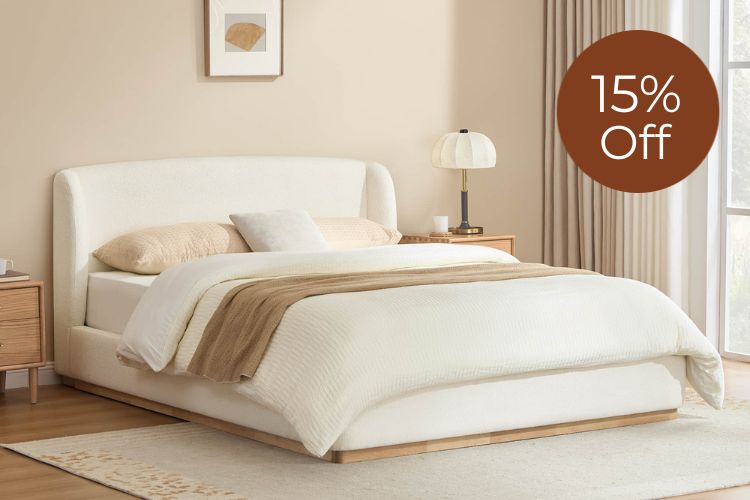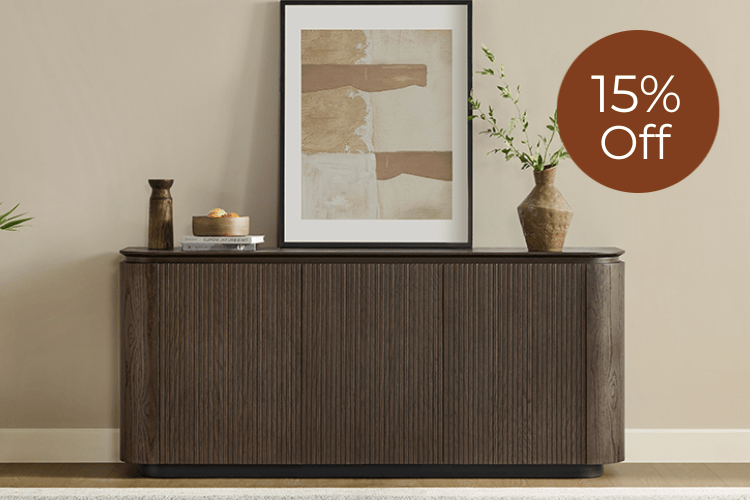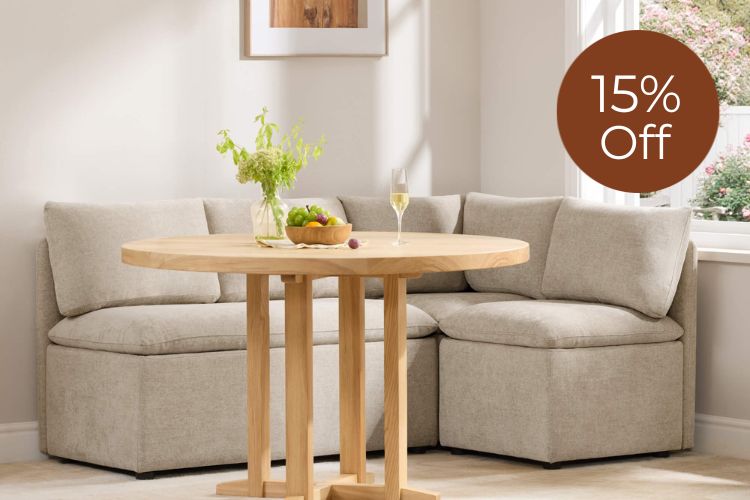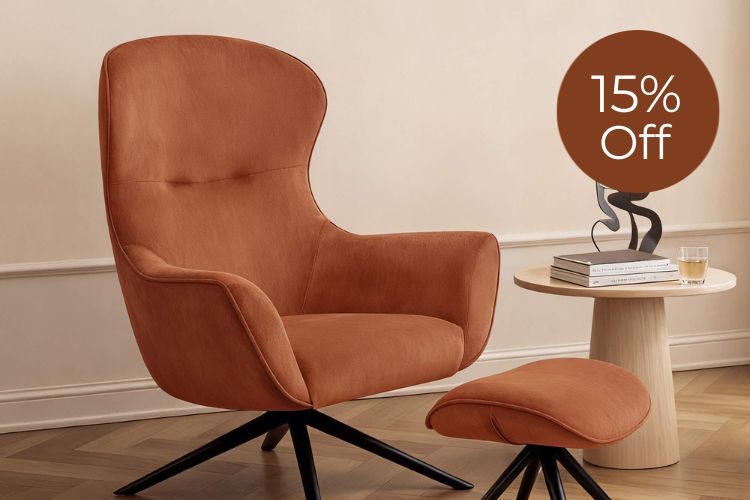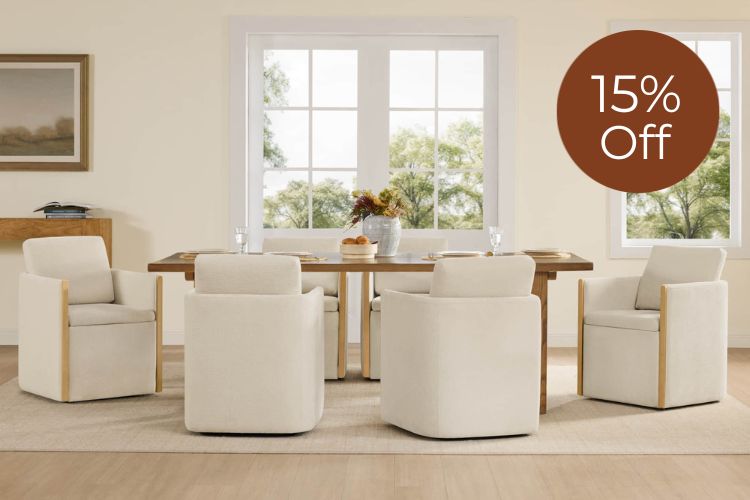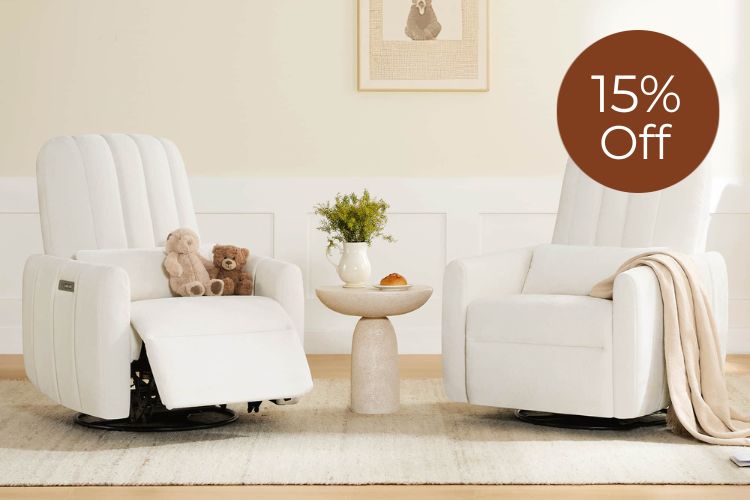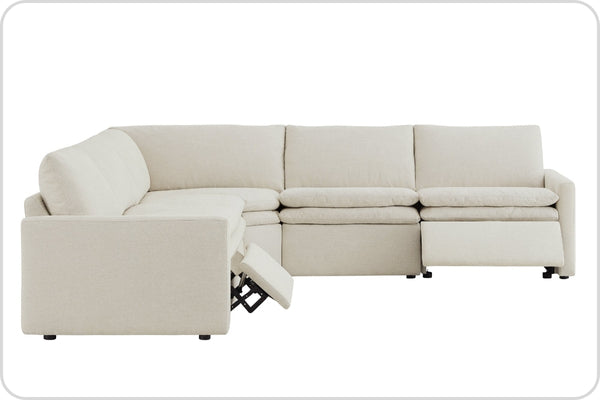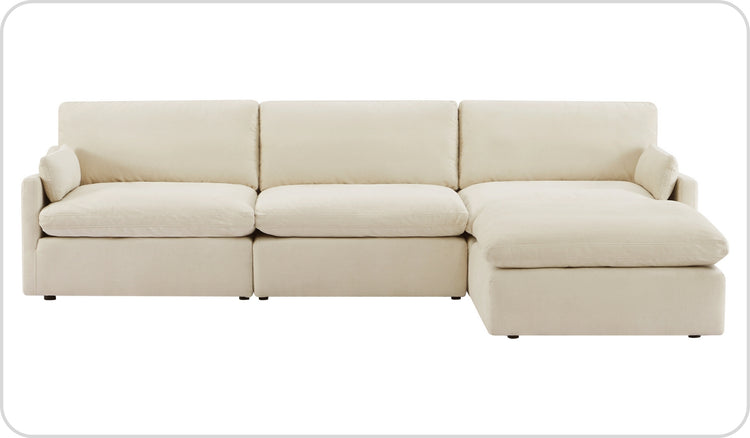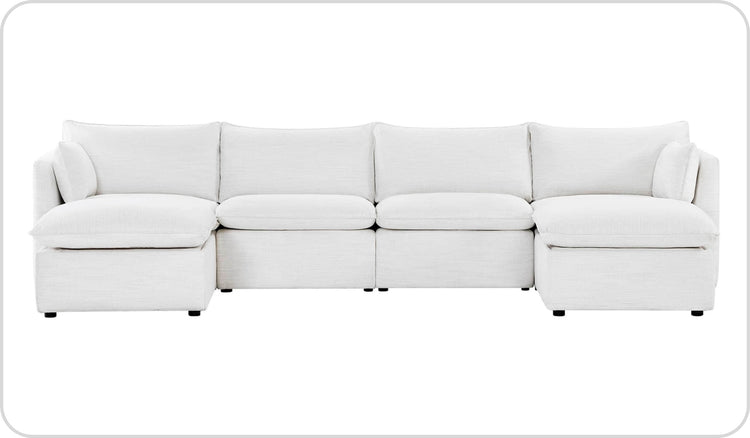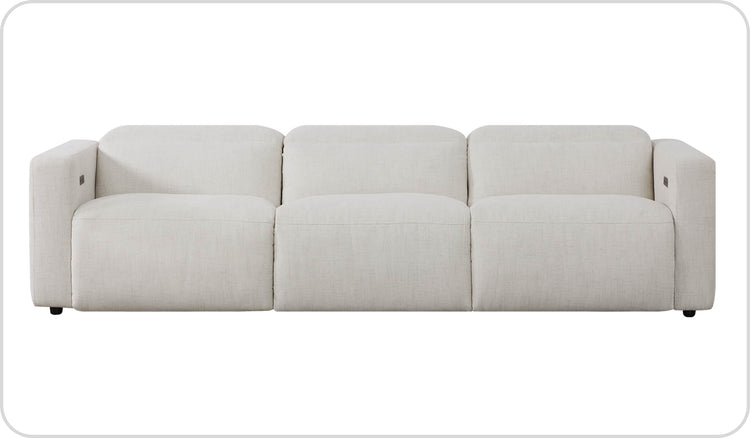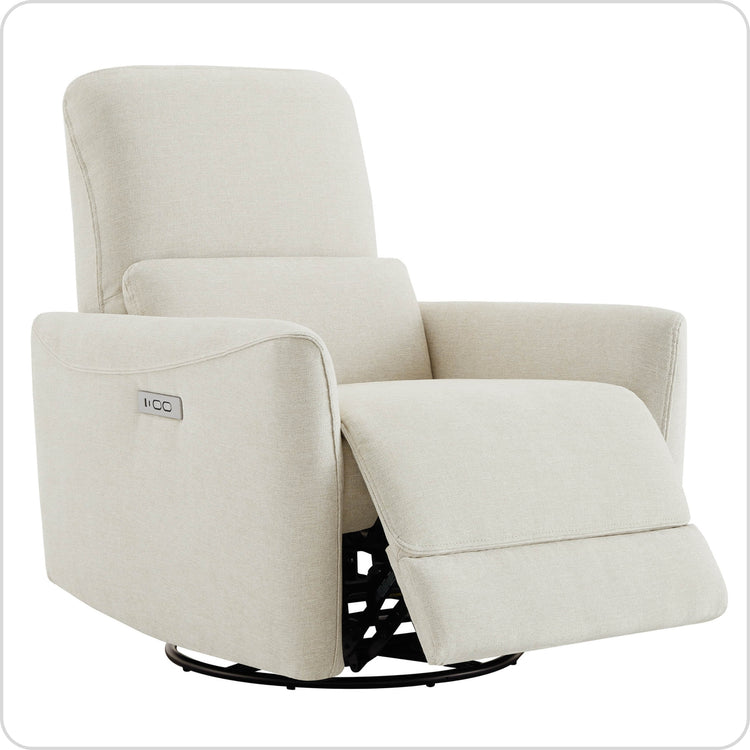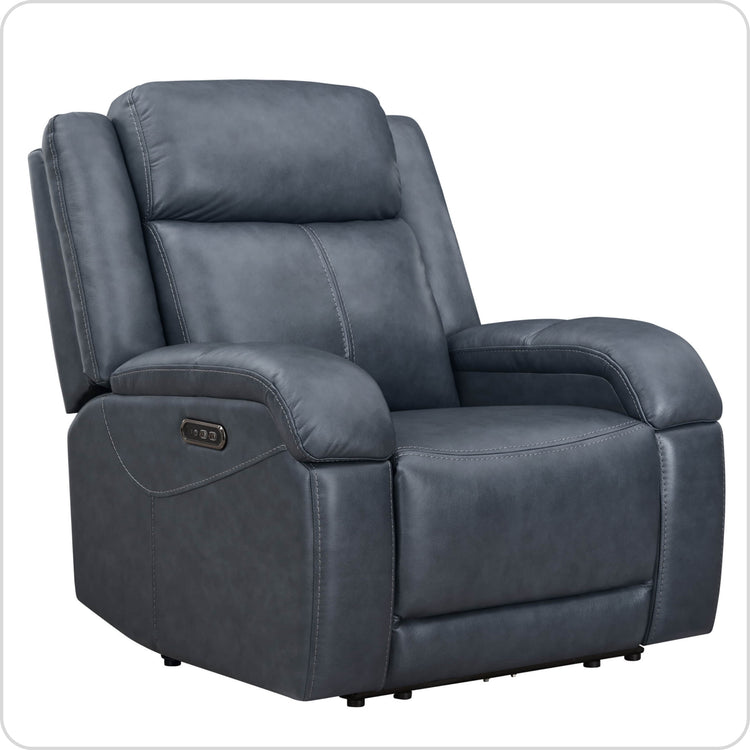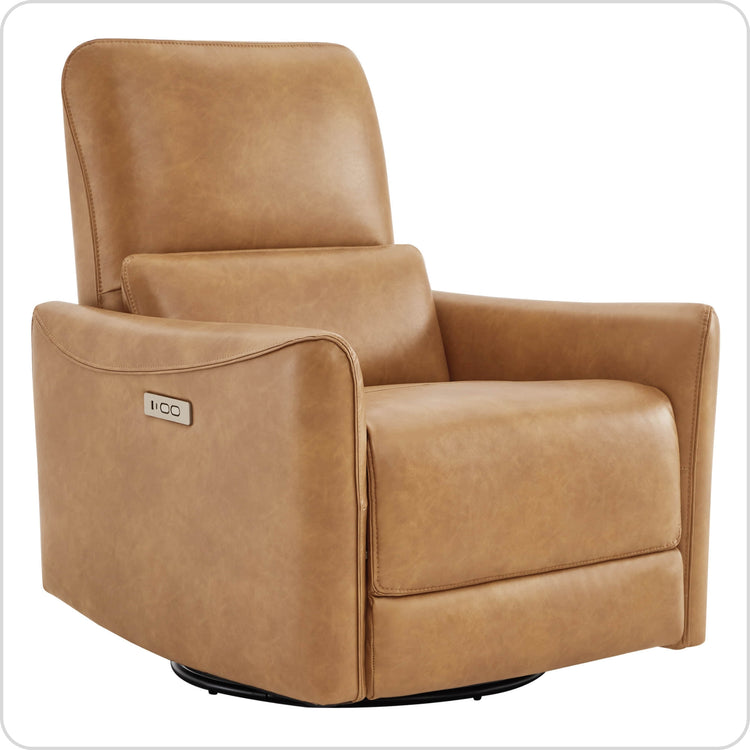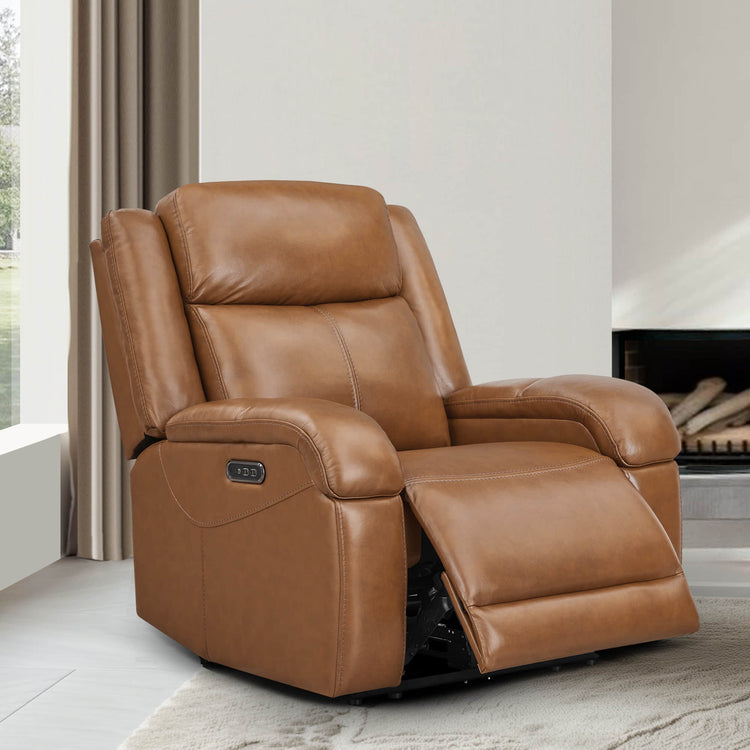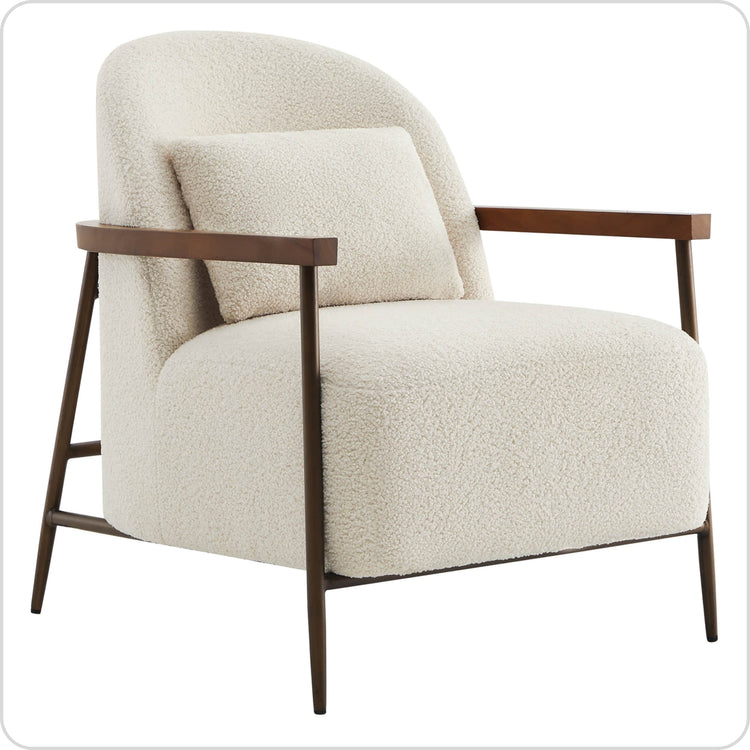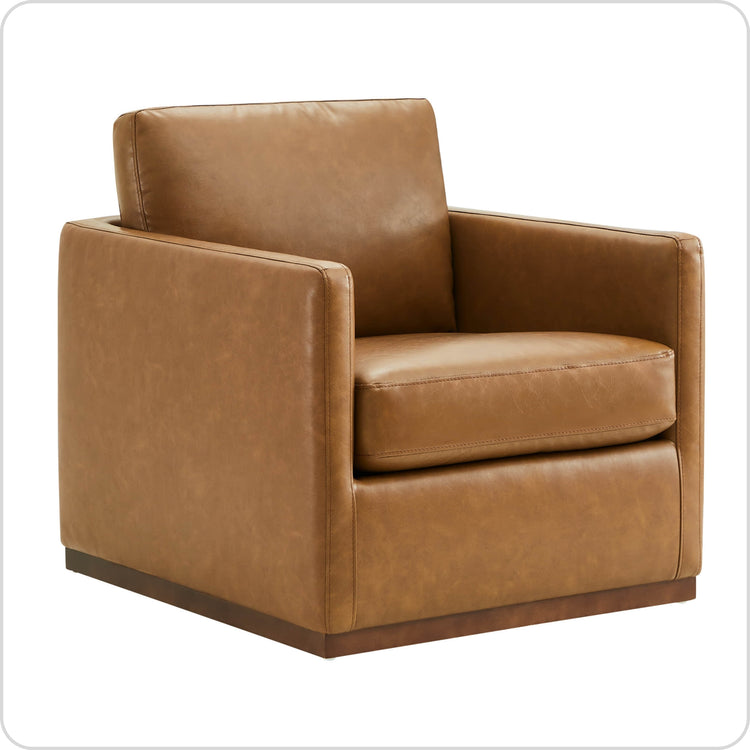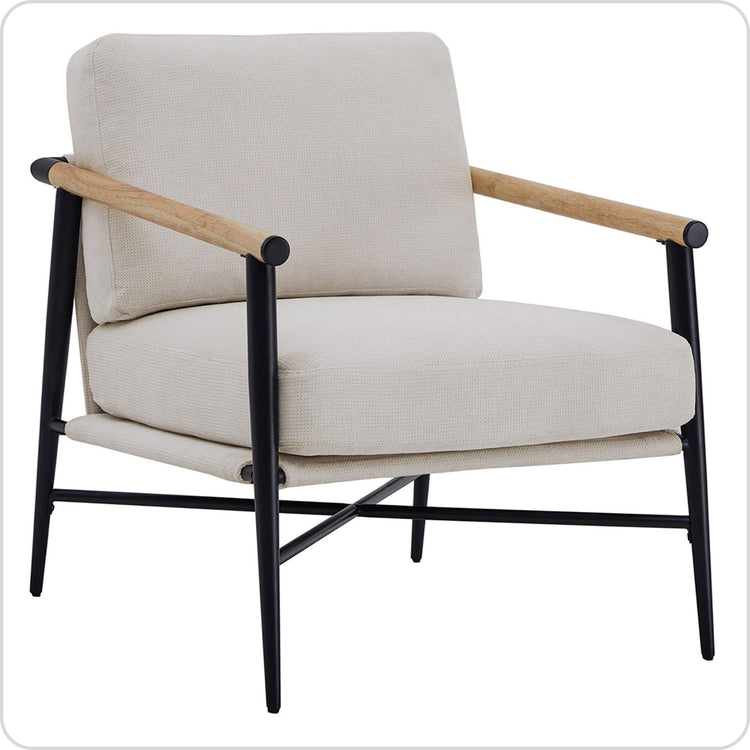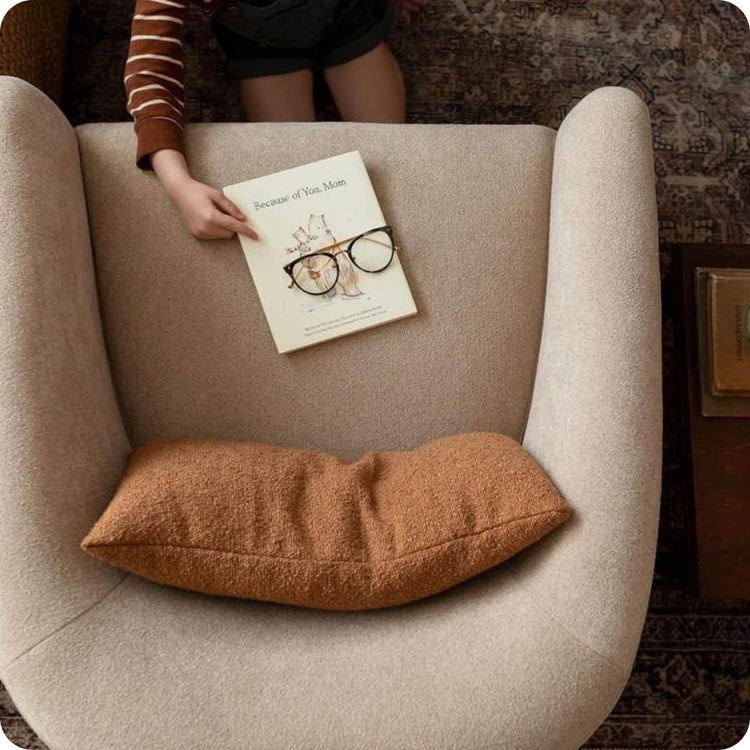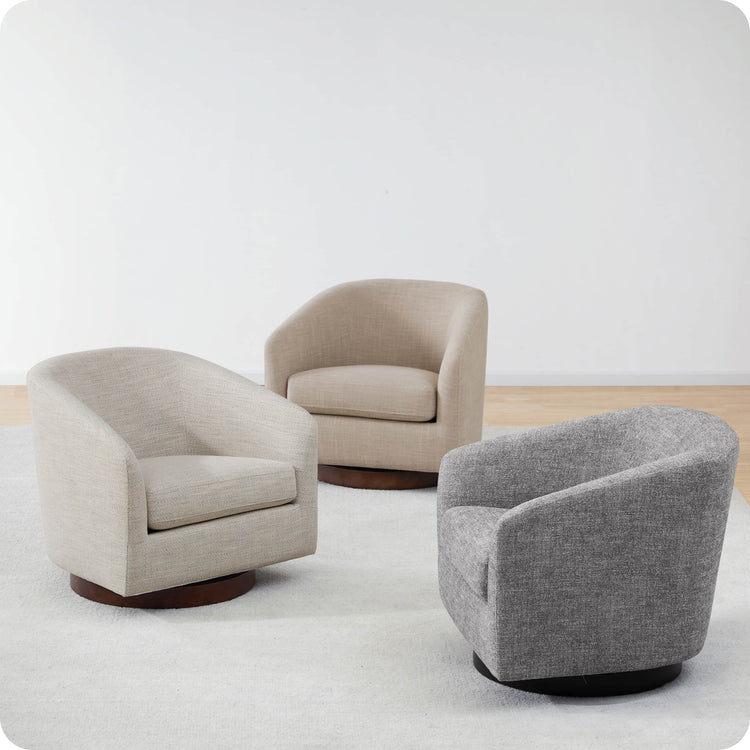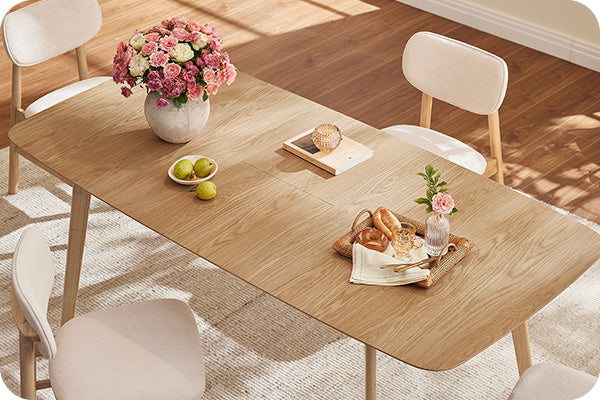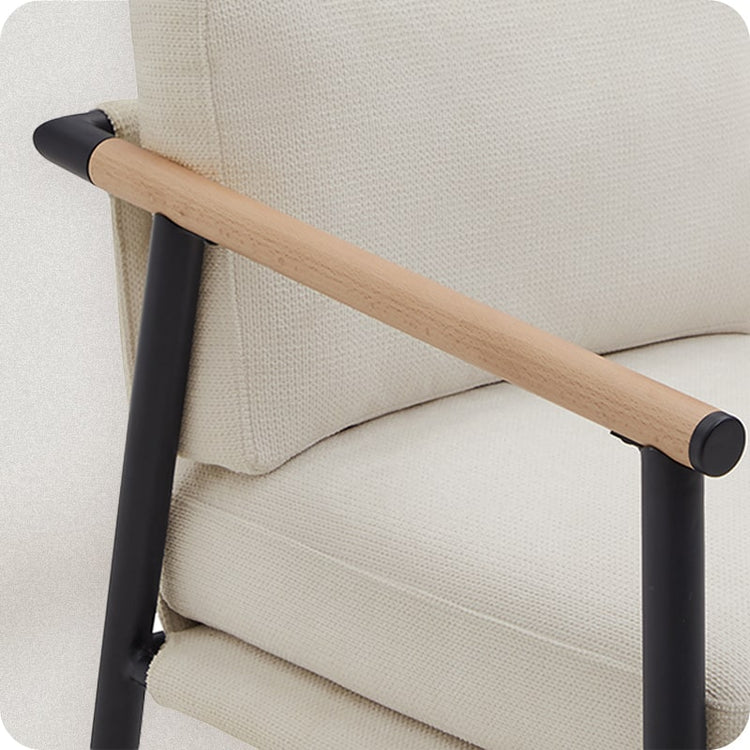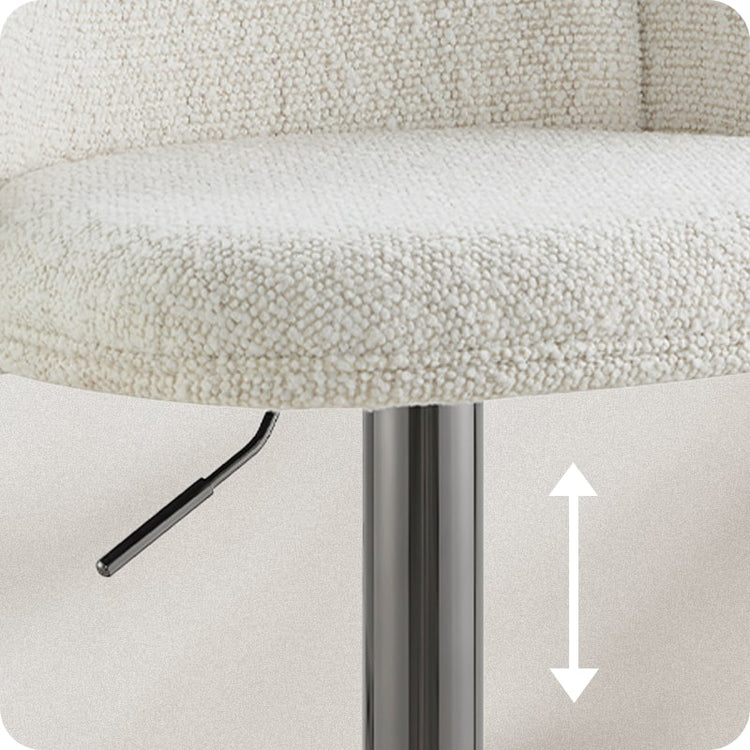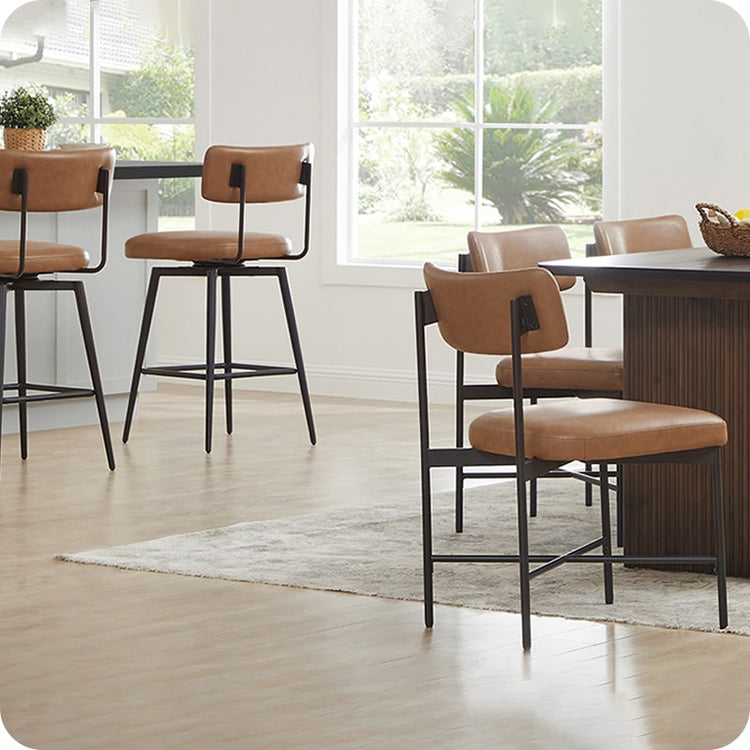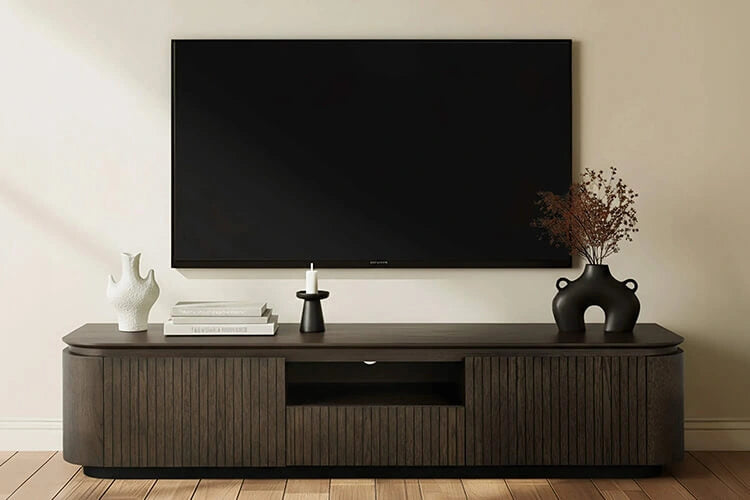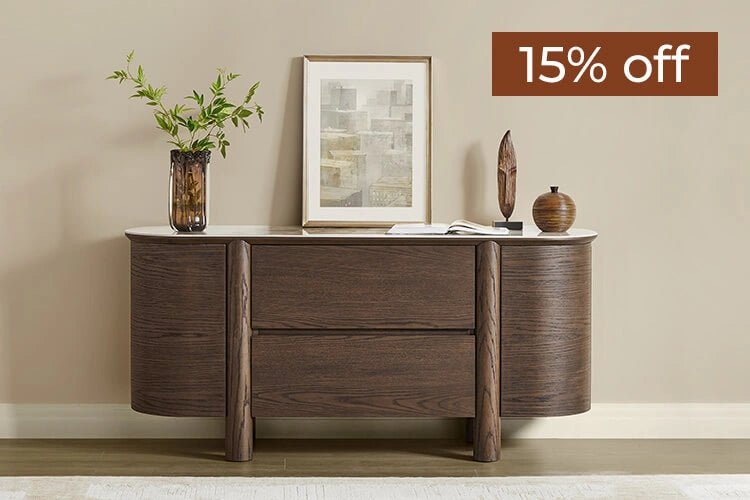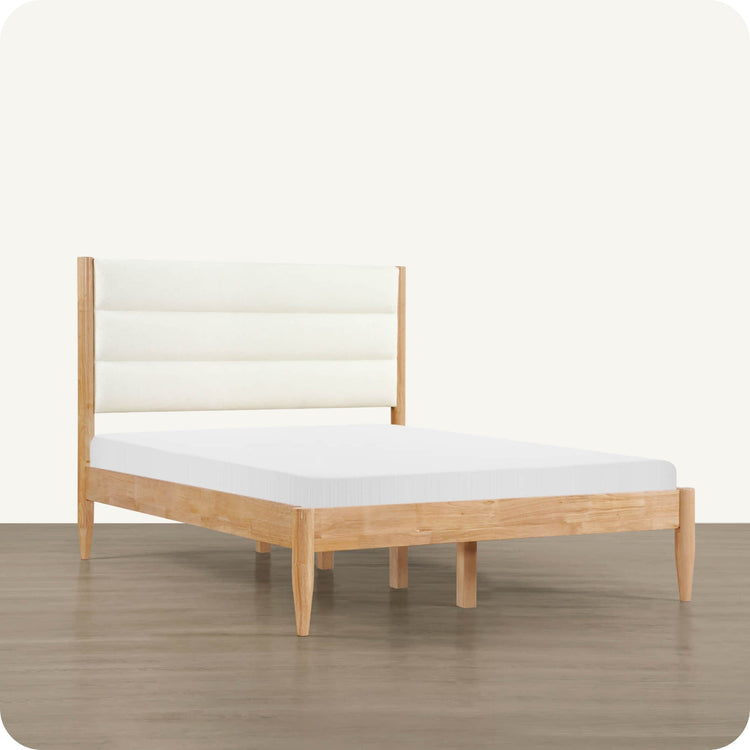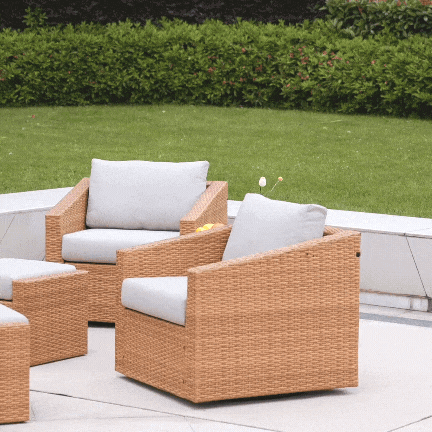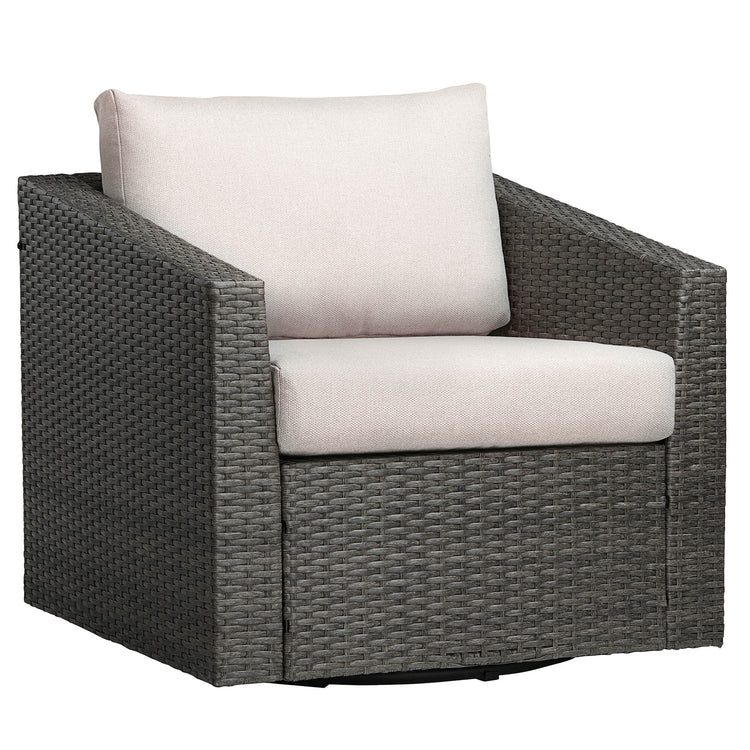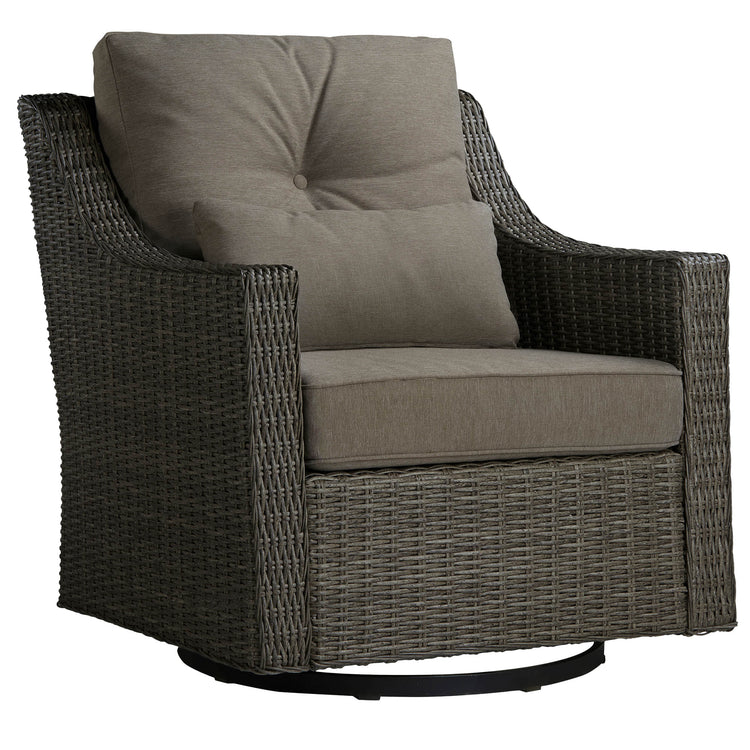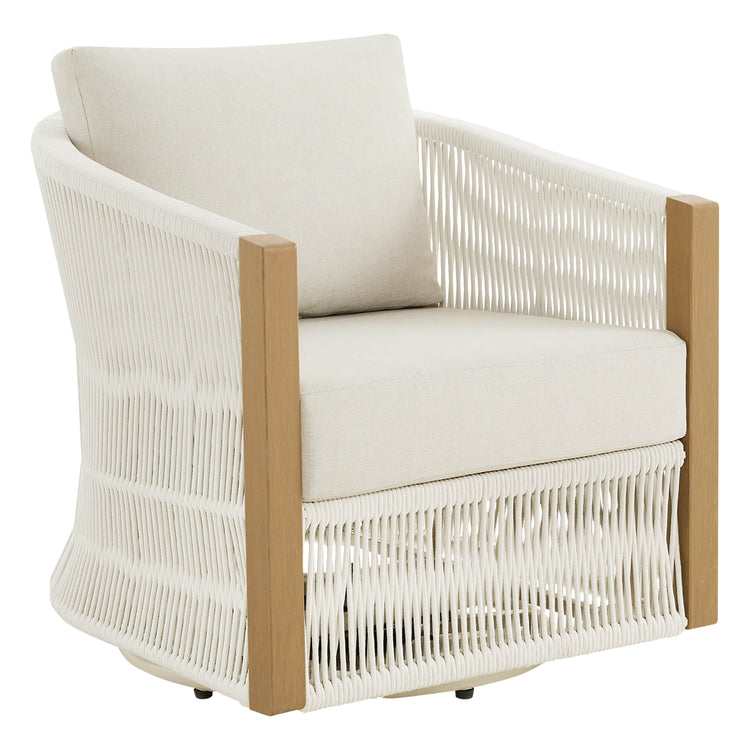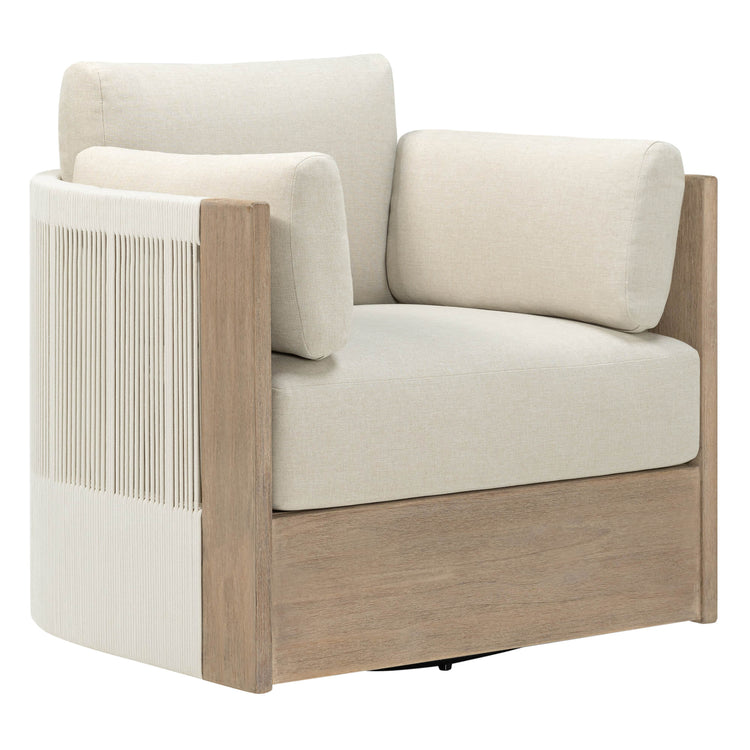The art of mixing furniture styles can transform a space into a reflection of your unique personality and taste. This approach requires an understanding of different design styles and a strategic blending method. Focusing on essential furniture pieces like modular couches, sofas, leather recliners, and swivel chairs, we'll delve into practical ways to create a harmonious yet eclectic living space.
Understanding Furniture Styles
Understanding the characteristics of various design styles is essential in the art of mixing furniture. Contemporary furniture is characterized by its simplicity and clean lines, providing a sleek and modern aesthetic. This style often incorporates geometric shapes and neutral colors, lending a sense of calm and order.
On the other hand, traditional furniture is distinguished by its rich details, including intricate carvings and elegant patterns. These pieces often feature classic lines and curves, exuding a sense of history and timelessness. Traditional furniture is usually made of rich woods and is often complemented by luxurious fabrics.
Knowing these distinctions is crucial. It enables you to appreciate how different pieces can complement and contrast each other, creating a well-balanced and visually appealing ensemble.
Below is a complete as regards how to mix furniture styles: modular couches, sofas, leather recliners, and swivel chairs:
1. Start with a Neutral Base
Creating a neutral base is a foundational step in mixing furniture styles effectively. This approach involves using neutral colors for walls and floors, setting a versatile stage for various furniture pieces to coexist harmoniously. Neutral hues like beige, grey, and soft whites provide a calming backdrop, preventing any style from dominating the space.
Introducing a modular couch or sofa in a neutral tone is a smart move. These pieces act as a blank canvas, allowing for flexibility in adding accents and decorations. Their modular design also means they can be easily rearranged to suit changing tastes or room layouts.

Turn @lizzieinlace childhood dreams into reality on Audrey sofa
2. Choose a Focal Point
Choosing a focal point in your room is like selecting a piece of art that defines the room's character. This could be a bold leather recliner that commands attention or a uniquely designed swivel chair that acts as a conversation starter. The focal point should be distinctive and reflect your personal style.
However, balance is key. Complement your statement piece with more subdued items in styles that harmonize without competing for attention. This creates a space that is both dynamic and cohesive.
3. Mix Periods and Styles Thoughtfully
The thoughtful combination of different periods and styles can result in a space that is both interesting and harmonious. For instance, placing a vintage leather recliner next to a contemporary modular sofa can create an engaging contrast. The trick lies in finding a common thread that ties these pieces together. It could be a shared color palette, a unifying material, or a similar texture.
When mixing styles from different eras, it's essential to maintain a sense of balance. Too many contrasting styles can create visual chaos, while too little variation may seem uninspired. The goal is to find that sweet spot where each piece contributes to a cohesive whole.
4. Balance Proportions and Scale
In the world of interior design, the balance of proportions and scale is pivotal. This principle is particularly important when mixing different furniture styles. For instance, a large, plush modular couch can serve as a substantial anchor in your living space. To complement this, consider integrating sleek, smaller swivel chairs. This juxtaposition ensures that the room feels balanced, with no single item or style dominating the area.
It's essential to consider the size and height of pieces in relation to each other and the room as a whole. A tall leather recliner, for example, can be offset by a lower, yet equally imposing coffee table. This creates a sense of harmony and proportionality that is pleasing to the eye. Remember, in a well-designed room, each piece should feel like it belongs, both in scale and style. When selecting sofas, ensuring the seat depth and height match your body dimensions is equally important.
5. Use Color to Unify
Color is a unifying force in interior design. It can seamlessly bridge the gap between different furniture styles, creating a cohesive look. When selecting a color palette, consider the dominant hues in your key pieces and use them as a guide.
If you have a brown leather recliner, for instance, you can echo this color in other elements of the room. This could be in the form of brown accents in the throw pillows on a modular sofa or in the artwork that adorns your walls. Such continuity in color not only unifies different styles but also creates a visually appealing and harmonious space. The key is consistency – a recurring color theme that acts as a thread weaving through the various elements in the room.
6. Incorporate Textures and Materials
The interplay of different textures and materials can significantly enhance the depth and interest of a room. Combining a leather recliner with a velvet modular sofa, for example, creates a tactile contrast that can be both visually striking and comfortable. Similarly, juxtaposing wooden antique pieces with modern metal accents can add an eclectic yet cohesive feel to the space.
When mixing textures and materials, consider their visual weight and impact. A glossy, sleek surface can complement a softer, matte texture, creating a balanced look. The key is to avoid overwhelming the space with too many competing textures or materials. Instead, aim for a curated mix that contributes to a layered, yet unified, interior aesthetic.
7. Experiment With Patterns
Patterns have the power to add vibrancy and depth to any interior. When mixing furniture styles, incorporating various patterns can act as a visual connector, bridging disparate elements. Consider a patterned rug or throw that complements both a traditional swivel chair and a contemporary modular sofa. The key here is to ensure harmony in the patterns you choose. They should not clash, but rather enhance each other. For example, a geometric-patterned rug can tie in the angular lines of a modern sofa with the ornate curves of a classic chair. When selecting patterns, consider their scale and color palette, ensuring they contribute to the room's overall theme without overpowering it.
8. Consider Functionality
While the aesthetic appeal is crucial, functionality remains paramount in furniture selection. Each piece, whether a modular couch or a swivel chair, should not only add to the room's visual appeal but also serve a practical purpose. Comfort, usability, and suitability to the room's activities are key considerations. A beautiful leather recliner that offers no comfort fails its primary function. Similarly, a stunning modular sofa should also offer flexible seating arrangements to adapt to various social settings or relaxing needs. The best interior design marries form and function, creating spaces that are not only beautiful but also livable and accommodating.

Beautiful, livable and accommodating_Kenna modular sofa
Thanks to @_stylishmama_'s sharing
9. Create Visual Balance
Visual balance is essential in a well-designed space, especially when mixing different furniture styles. Achieving this balance involves distributing furniture evenly across the room to prevent the segregation of styles. For example, rather than clustering all modern pieces on one side and traditional items on the other, mix them to create a cohesive look. Consider positioning a sleek, modern recliner opposite a classic sofa, forming a harmonious seating area. This interspersing of styles can also be seen in smaller details, like placing a contemporary art piece above a traditional console, or setting a modern lamp on an antique table. Such thoughtful placement ensures that the room feels balanced and unified, with each style enhancing the other, rather than competing for attention.
10. Trust Your Instincts
Finally, the most important aspect of mixing furniture styles is to trust your instincts. The beauty of this approach lies in the unique and personal touch it brings to your space. If you feel a particular combination, like a leather recliner paired with a modular sofa, works for you, it probably does. Your home should reflect your personality and taste. While design principles and guidelines are helpful, they are not rigid rules. The most successful interiors often result from intuitive choices, where personal style and comfort take precedence. Trusting your instincts leads to a space that feels authentic and genuinely yours.
In summary, mixing furniture styles is a dynamic and creative process that can result in a uniquely personalized space. By experimenting with patterns, considering functionality, creating visual balance, and trusting your instincts, you can design a living area that is both aesthetically pleasing and reflective of your personal style. The key is to blend different elements thoughtfully, ensuring that each choice contributes to a cohesive and inviting whole. Remember, the goal is to create a space that feels like home, where every piece tells a part of your story.
